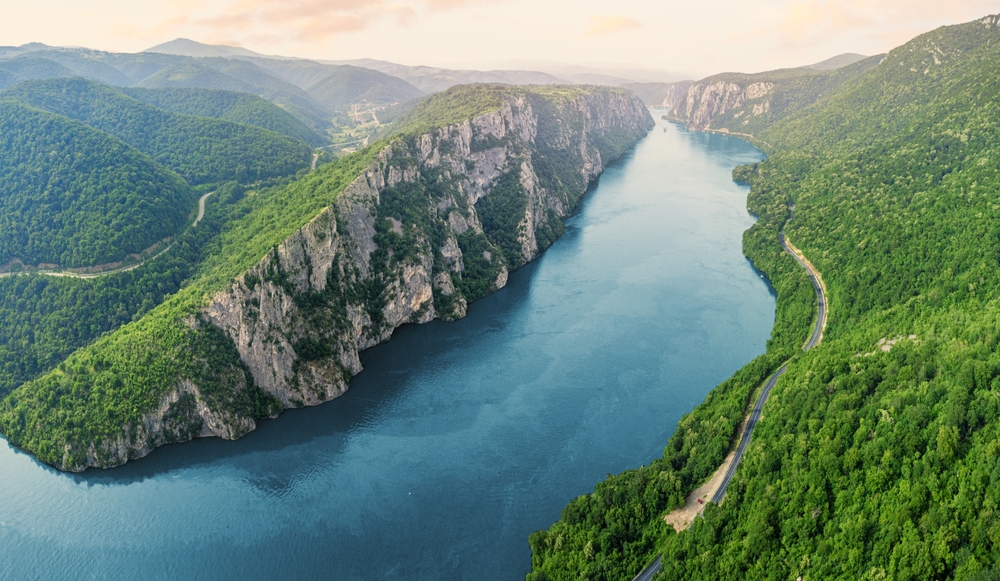Fruška Gora National Park, established in 1960, was the first national park in Serbia. It covers 133 square miles (348 square kilometers) and is known for its rolling hills, dense forests, and historical monasteries that date back to the Middle Ages.
About Serbia National Parks
Serbia, a country of captivating natural beauty and rich biodiversity, is home to five official national parks. These parks protect diverse ecosystems, ranging from towering mountain ranges and ancient forests to winding rivers and gorges. Serbia’s national parks play a vital role in conserving its unique wildlife, including bears, lynxes, eagles, and wolves, while also offering visitors stunning landscapes and cultural treasures.
One of Serbia’s most iconic parks is Đjerdap National Park, also known as the Iron Gates. Located along the Danube River, this park is famous for its dramatic gorges, rugged cliffs, and the majestic Đerdap Canyon, one of Europe’s largest river gorges. The park is a haven for birdwatchers, home to species like the white-tailed eagle and black stork. Archaeological sites, including the ancient Roman fortress of Diana and the Lepenski Vir archaeological complex, add historical depth to the park’s natural splendor.
Tara National Park, nestled in western Serbia, is another gem, celebrated for its dense forests and the stunning Drina River Canyon. Known as the “lungs of Serbia,” Tara is home to the rare and endemic Pančić spruce, a relic species from the Tertiary period. Visitors to Tara can enjoy scenic viewpoints, hiking trails, and the charming wooden village of Drvengrad, designed by filmmaker Emir Kusturica. The park also shelters diverse wildlife, including brown bears, wolves, and lynxes.
Kopaonik National Park, located in Serbia’s largest mountain range, is a winter sports destination and a biodiversity hotspot. The park features high-altitude meadows, pine forests, and mineral-rich thermal springs. Kopaonik is renowned for its rare plant species and birdlife, such as the griffon vulture and golden eagle. In winter, its ski resorts attract thousands of visitors, while summer offers opportunities for hiking and exploring its breathtaking peaks.
Fruška Gora National Park, often called the “Jewel of Serbia,” is situated on a lone mountain ridge surrounded by the Pannonian Plain. This park is distinguished by its orchards, vineyards, and a rich array of monasteries dating back to the Middle Ages. It is a hotspot for biodiversity, with numerous bird species and rare plants. Fruška Gora is a popular destination for both nature lovers and history enthusiasts.
Šar Mountain National Park, straddling the border with North Macedonia, is Serbia’s newest national park. It features alpine meadows, glacial lakes, and dramatic peaks, making it a favorite for trekkers and climbers. The park is home to endangered species such as the Balkan lynx and boasts a rich cultural heritage tied to the local communities.
Serbia faces conservation challenges, such as deforestation, illegal logging, and urban expansion. However, efforts like reforestation projects and wildlife monitoring programs have shown promise. Increased focus on eco-tourism and sustainable practices within these parks also contributes to their protection.
Serbia’s national parks are vital not only for preserving the country’s natural heritage but also for fostering sustainable tourism and cultural appreciation.
Serbia National Parks
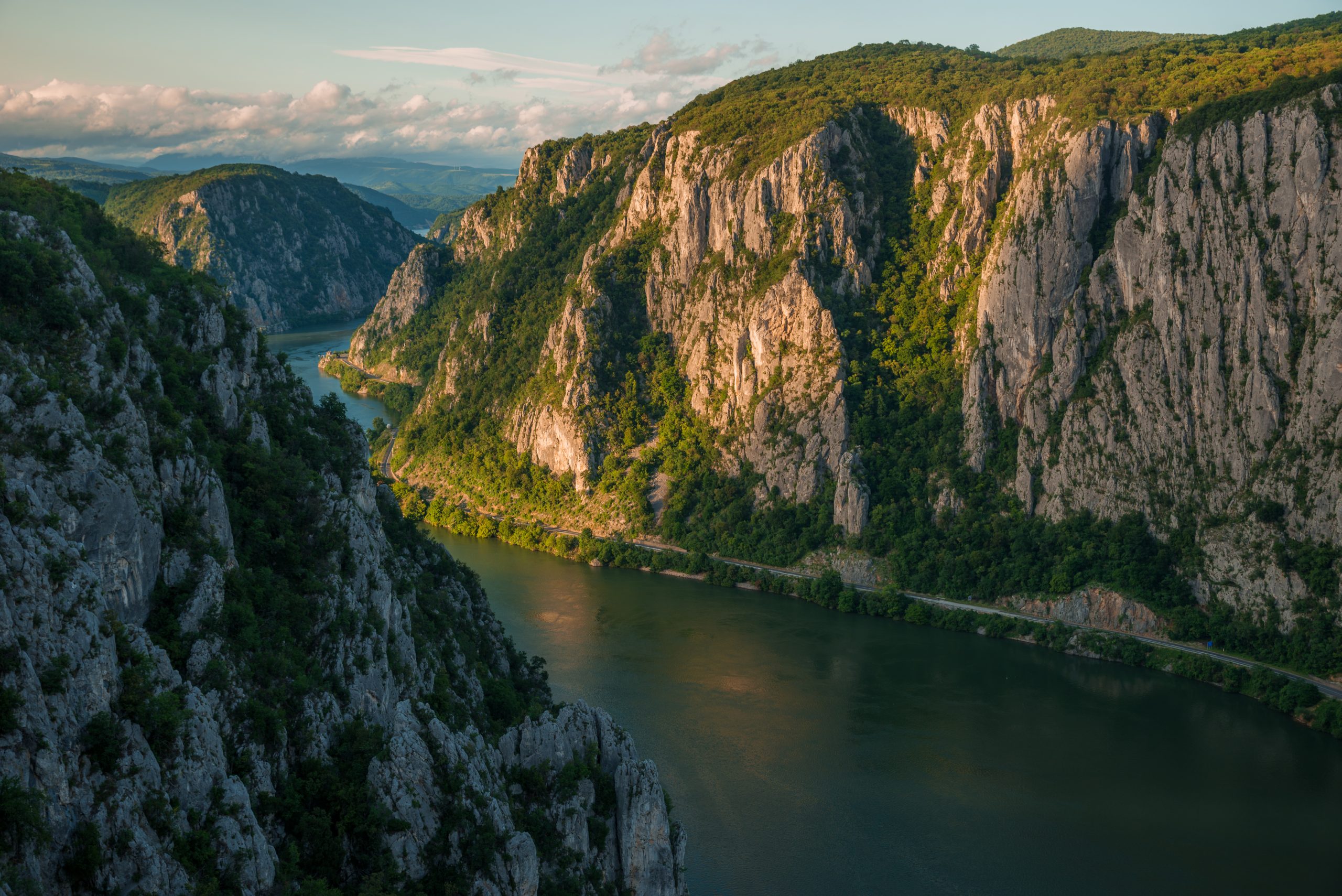
Đjerdap National Park
Explore Now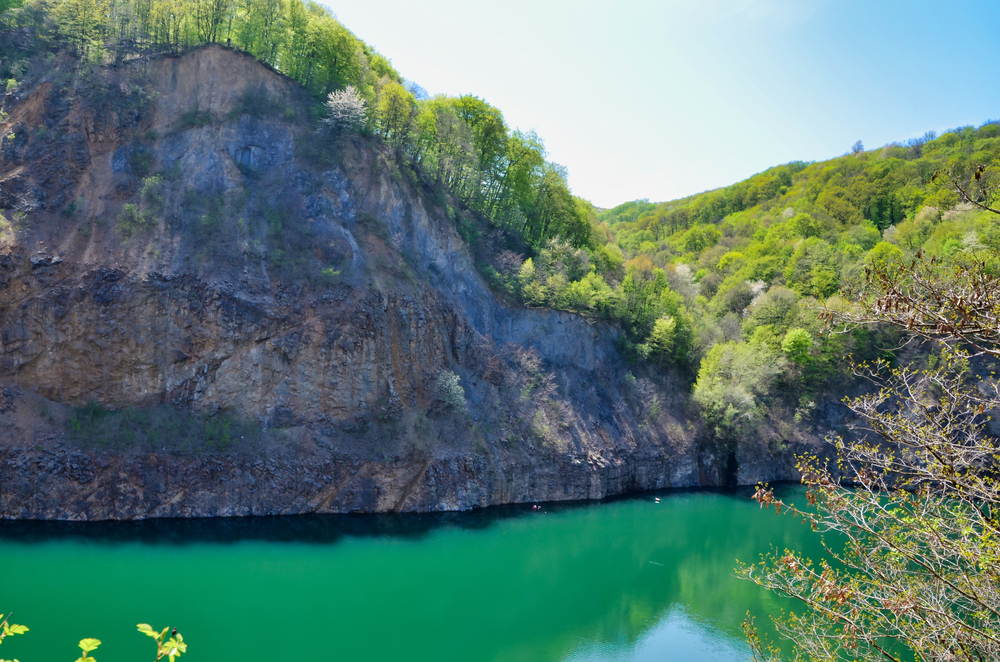
Fruška Gora National Park
Explore Now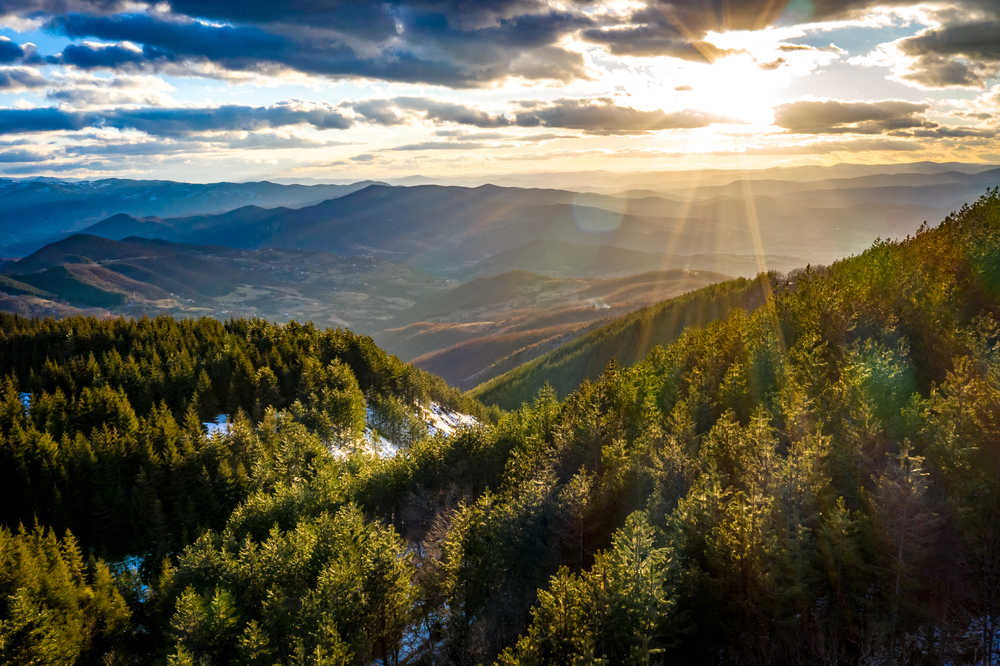
Kopaonik National Park
Explore Now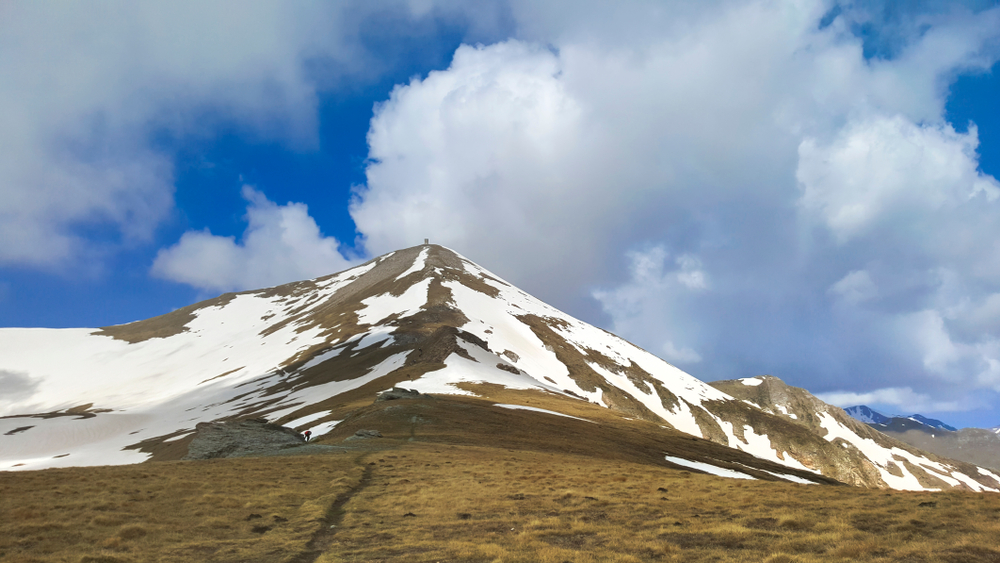
Šar Mountain National Park
Explore Now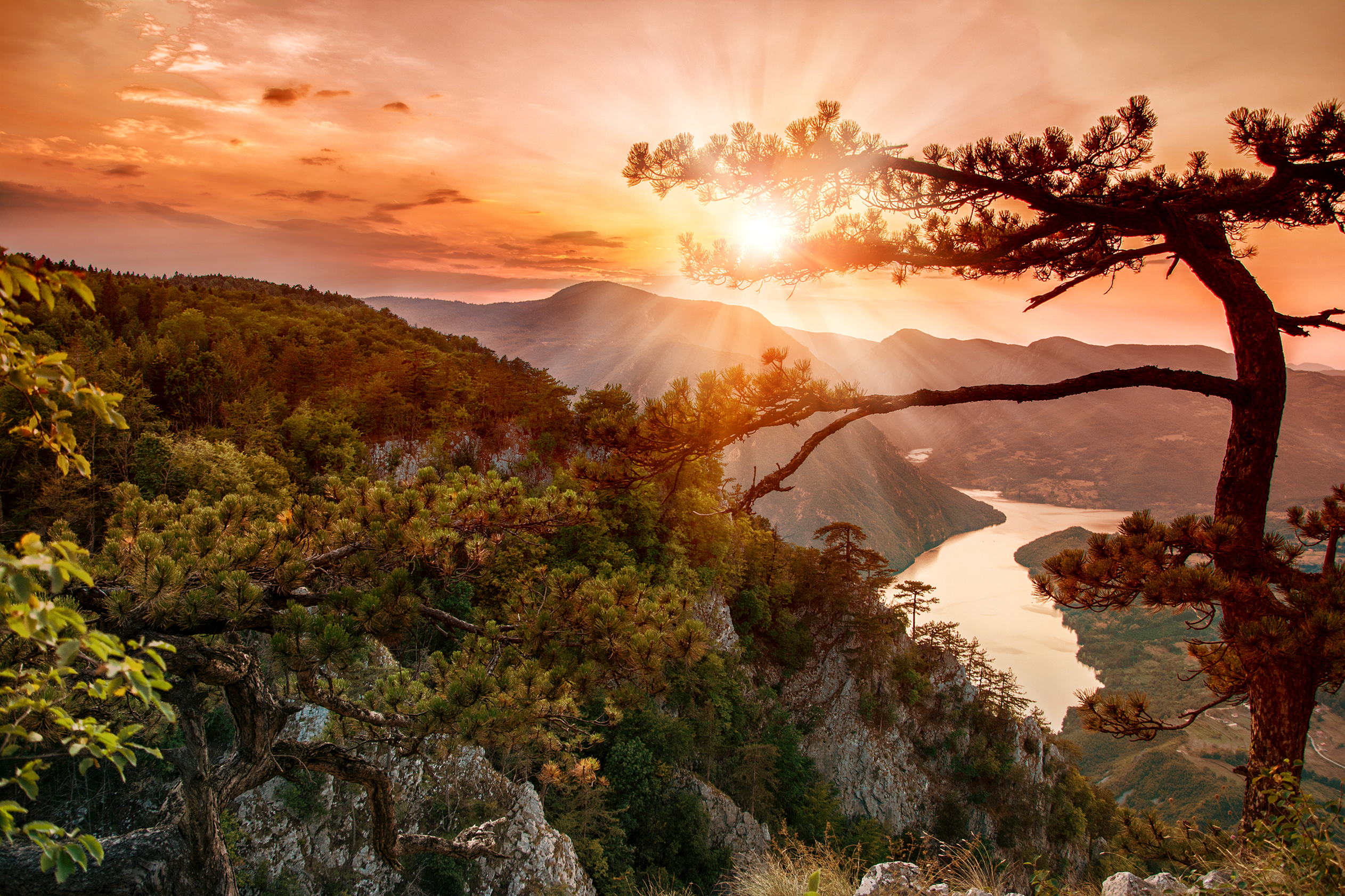
Tara National Park
Explore NowFAQ’s
1. What was the first national park in Serbia?
2. What is the largest national park in Serbia?
Đjerdap National Park is the largest national park in Serbia, covering an area of 411 square miles (1,068 square kilometers). The park is famous for the Đerdap Gorge, also known as the Iron Gates, a stunning river canyon along the Danube.
3. What is the smallest national park in Serbia?
Fruška Gora National Park is also the smallest national park in Serbia, with 133 square miles (348 square kilometers). Despite its size, it is rich in biodiversity and historical significance, home to numerous monasteries and diverse plant and animal species.
4. What is the most popular national park in Serbia?
Tara National Park is often regarded as the most popular national park in Serbia. Covering 93 square miles (240 square kilometers), it attracts visitors for its pristine forests, scenic views of the Drina River Canyon, and its role in protecting the rare Pancic’s spruce.
5. What percentage of Serbia's land area is protected through official National Parks?
Serbia has about 5.9% of its land area protected through national parks and other protected areas, which amounts to roughly 4,700 square miles (12,173 square kilometers). The country boasts five national parks: Tara, Fruška Gora, Đerdap, Kopaonik, and Šar Mountain, all contributing significantly to the preservation of natural ecosystems and biodiversity.
6. What other protected areas are there in Serbia?
In addition to national parks, Serbia has several nature reserves and conservation areas that protect diverse ecosystems. These include the Special Nature Reserve Uvac, which is known for its meandering river and limestone cliffs, and Deliblato Sands, the largest European sandy terrain, preserving rare species of flora and fauna. Other areas like Obedska Bara protect wetlands and bird habitats.
7. What nature attractions does Serbia have apart from National Parks?
Apart from national parks, Serbia offers numerous other natural attractions. Devil’s Town (Đavolja Varoš), known for its unique rock formations, is one of the country’s most famous natural wonders.
The Drina River, which forms a natural border between Serbia and Bosnia, provides opportunities for rafting, while the Niška Banja Spa and the mineral-rich Vrnjačka Banja are popular for wellness tourism.
8. What species are endemic and unique to Serbia alone?
Serbia is home to several endemic species, most notably the Pančić’s spruce, which is native to the Tara region. Other species like the Balkan chamois and the Serbian bellflower are also notable, thriving in the country’s unique ecosystems, especially in the mountainous regions.
9. What is Serbia's main international airport?
Serbia’s main international airport is Belgrade Nikola Tesla Airport (IATA code: BEG), located near the capital, Belgrade.
10. What international airline companies fly into Serbia?
International airlines flying into Serbia include:
- Air Serbia
- Austrian Airlines
- Lufthansa
- Qatar Airways
- Turkish Airlines
- Wizz Air
11. Who manages the national parks of Serbia?
The national parks of Serbia are managed by public enterprises, each specific to the park. Oversight is provided by the Ministry of Environmental Protection.
Each park has its own management plan focusing on conservation, sustainable tourism, and biodiversity.
Information can be found at the Ministry’s website: ekologija.gov.rs.








































































